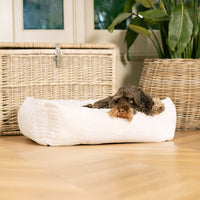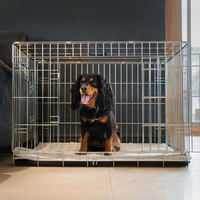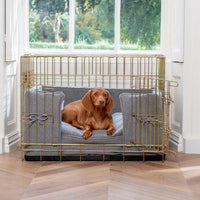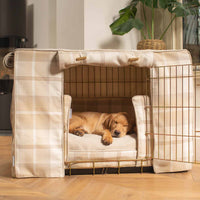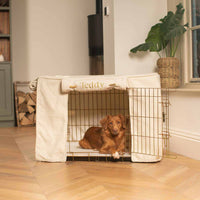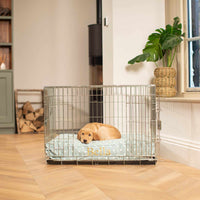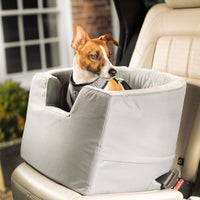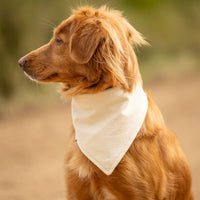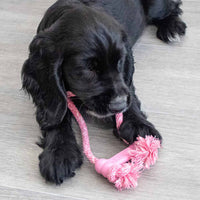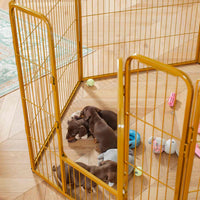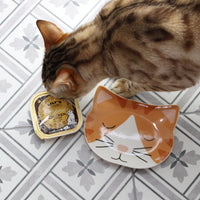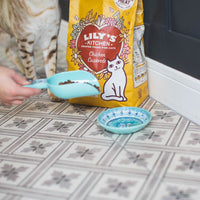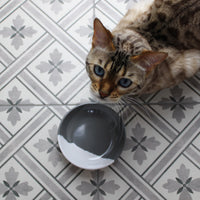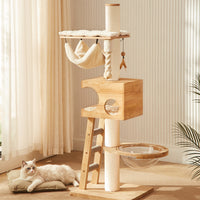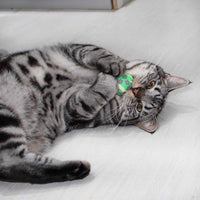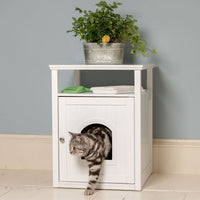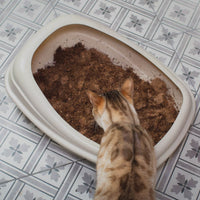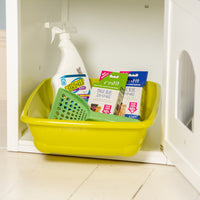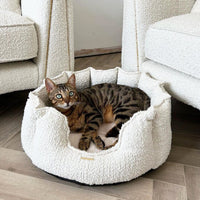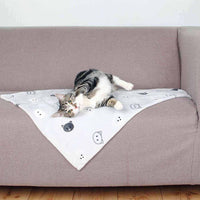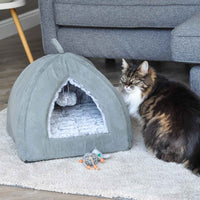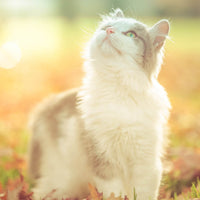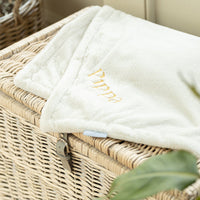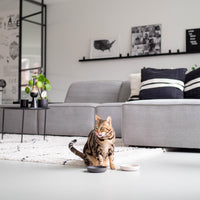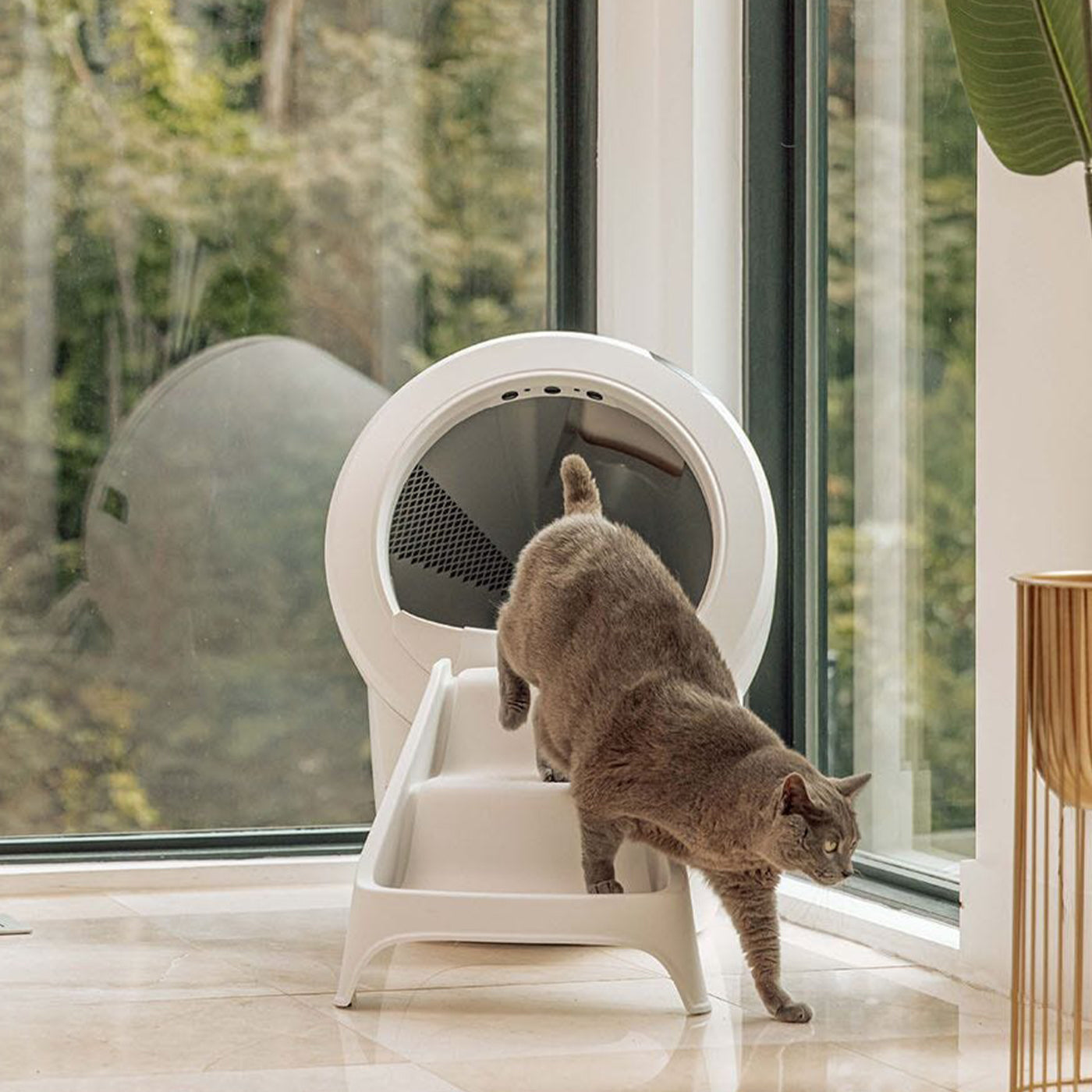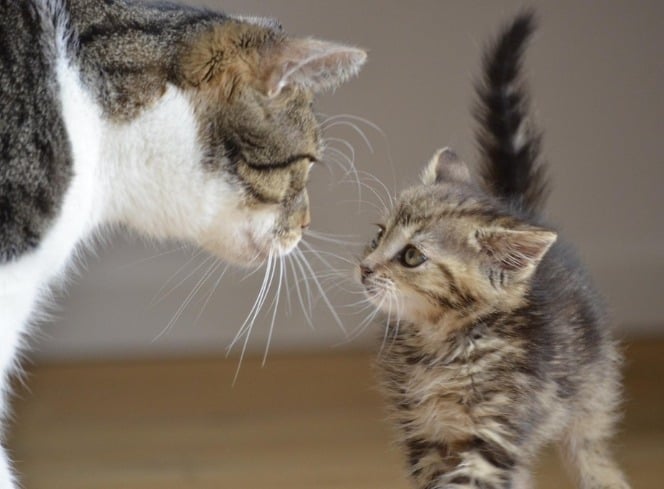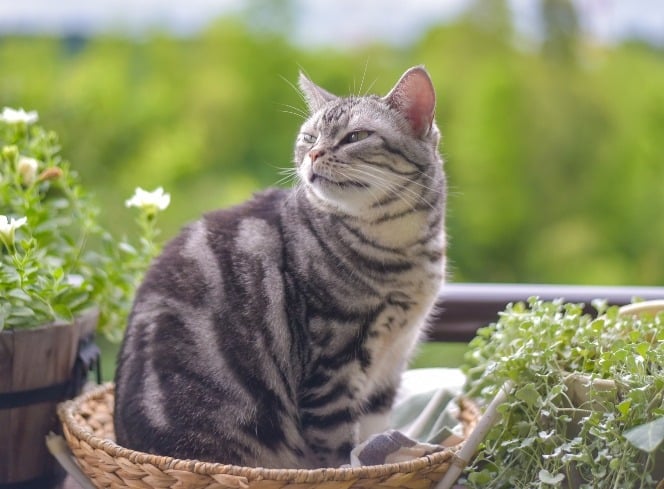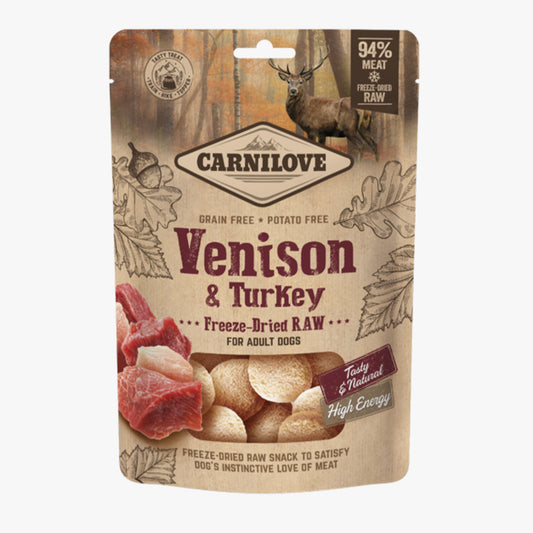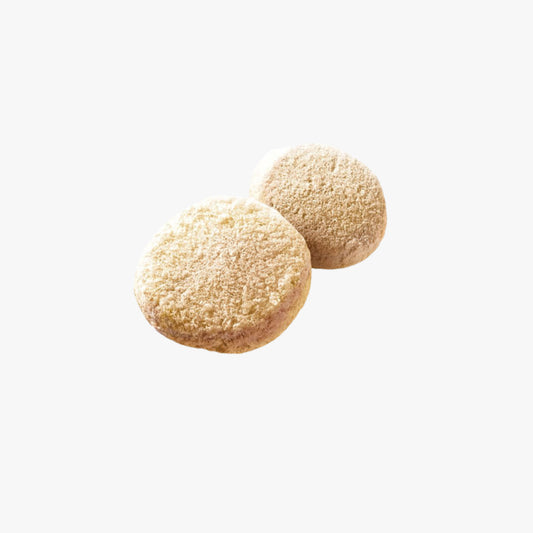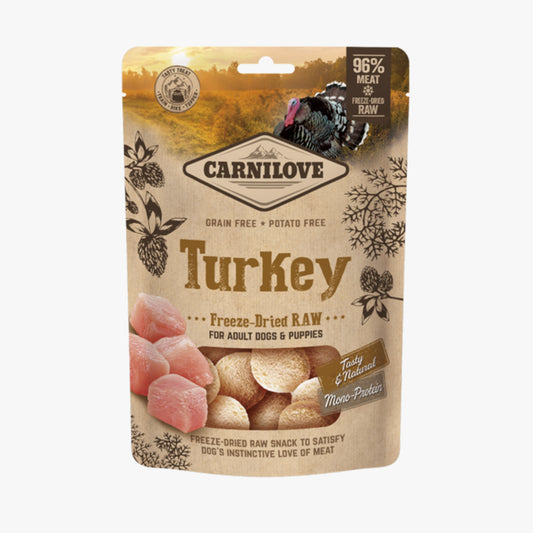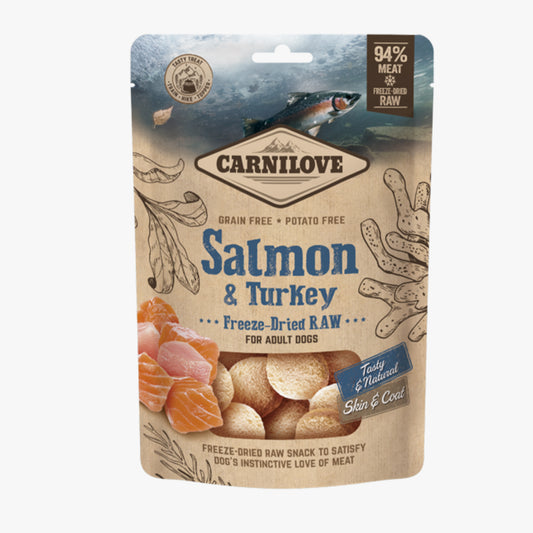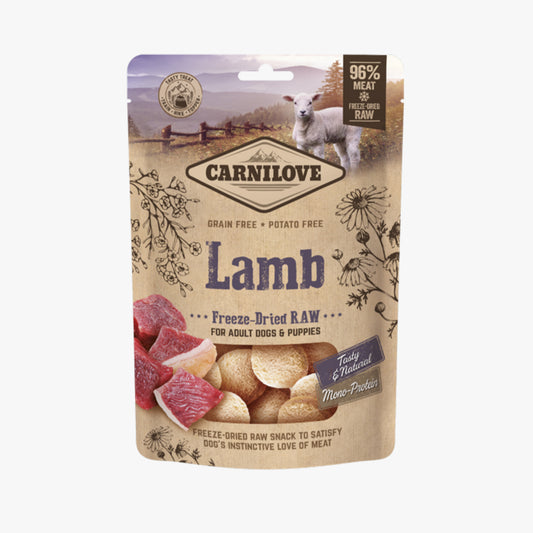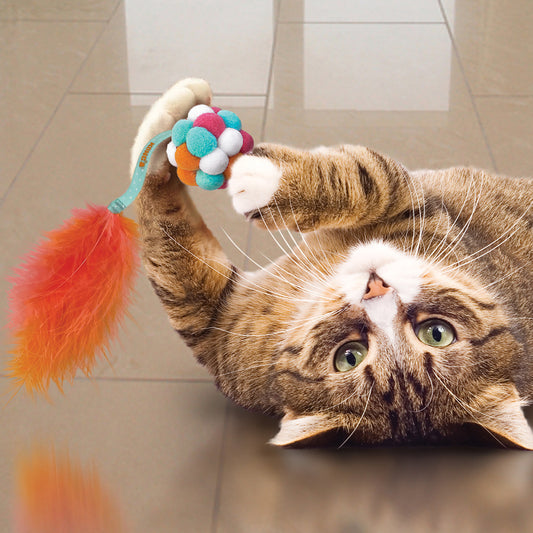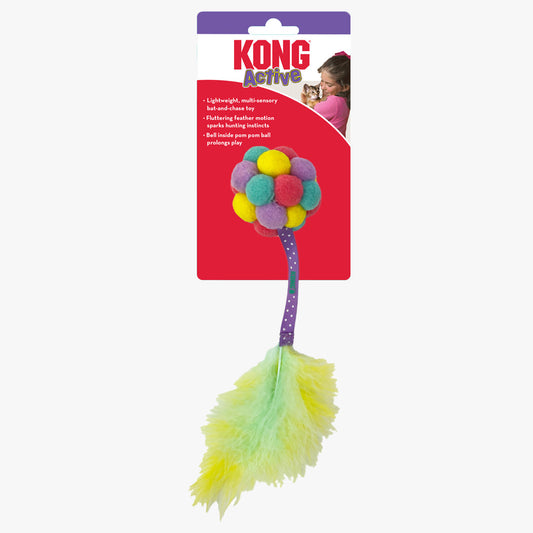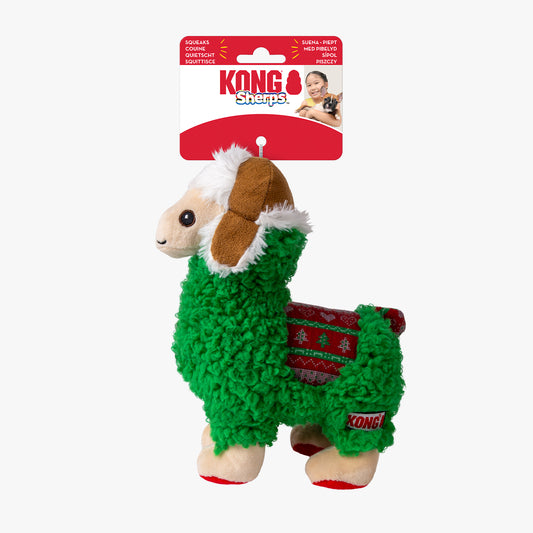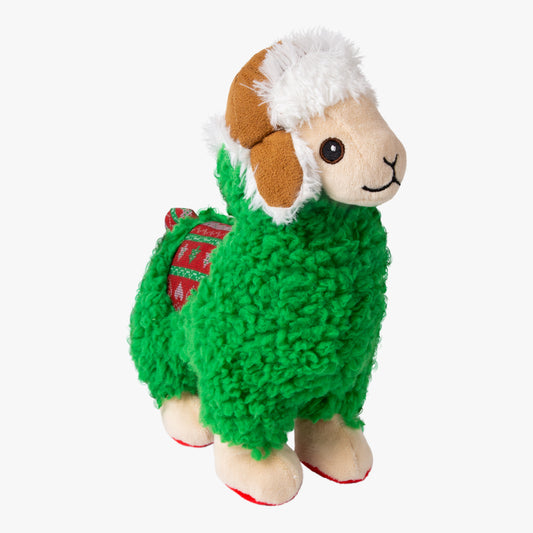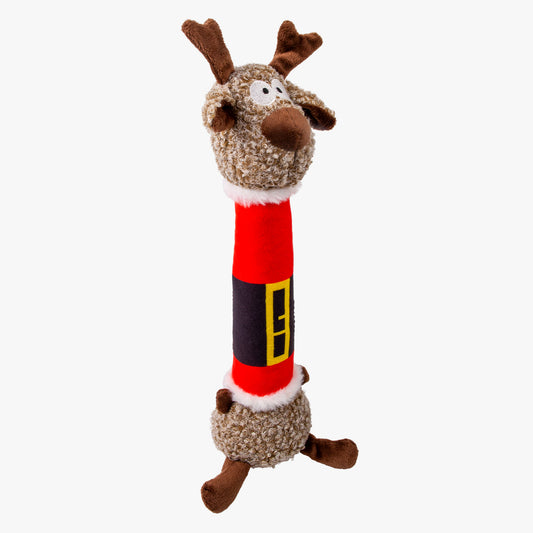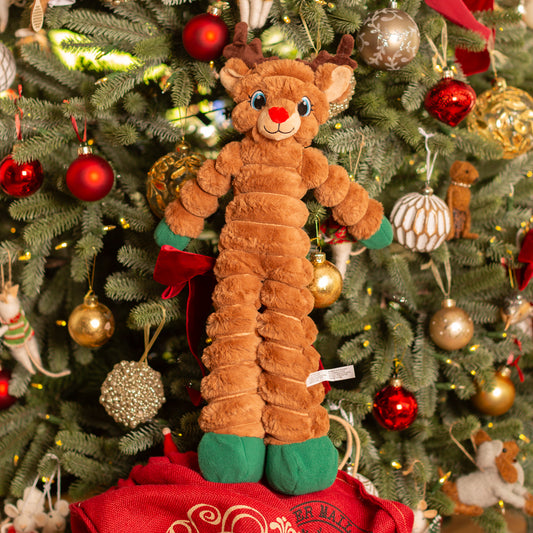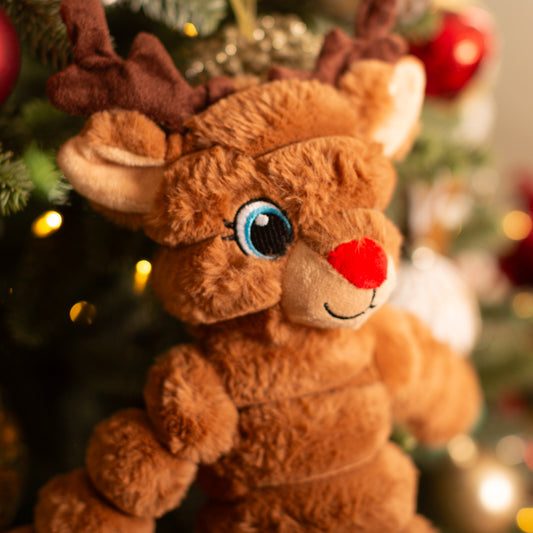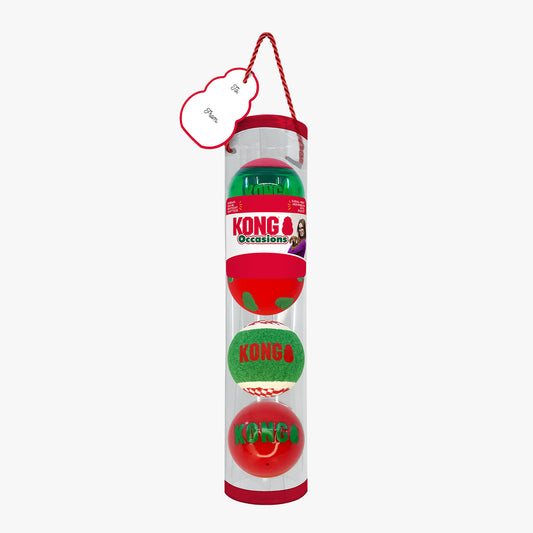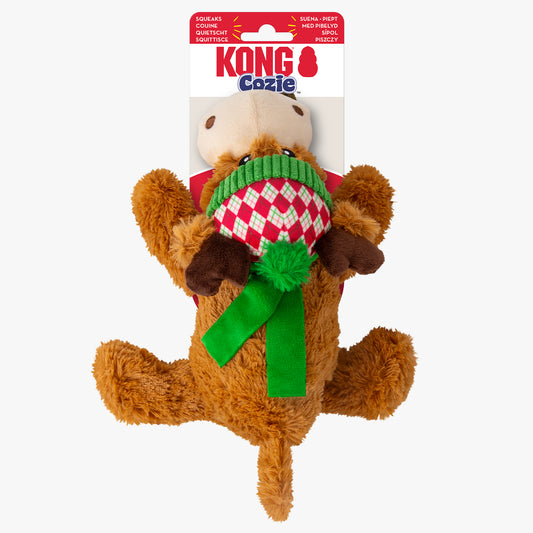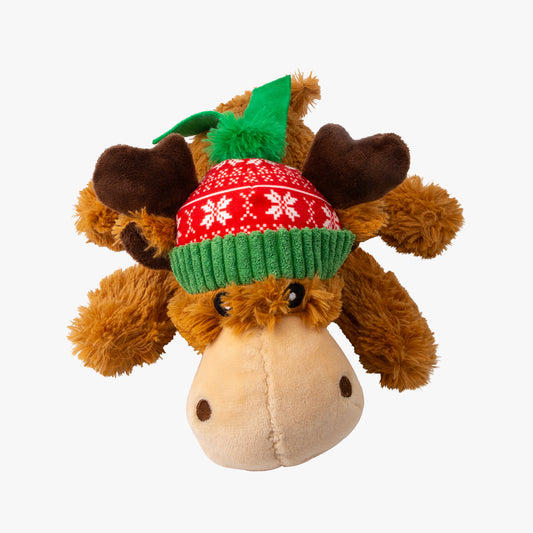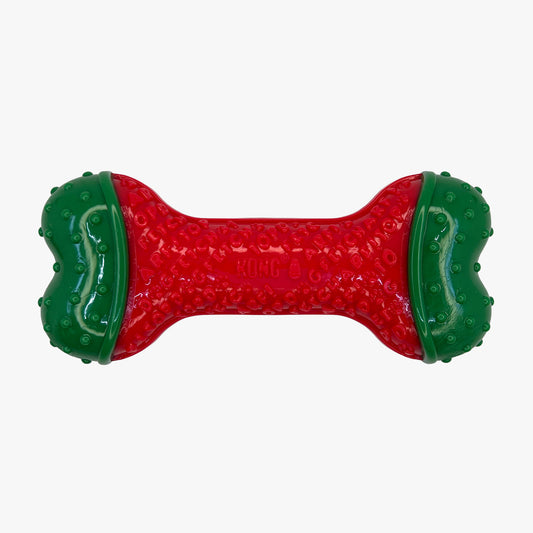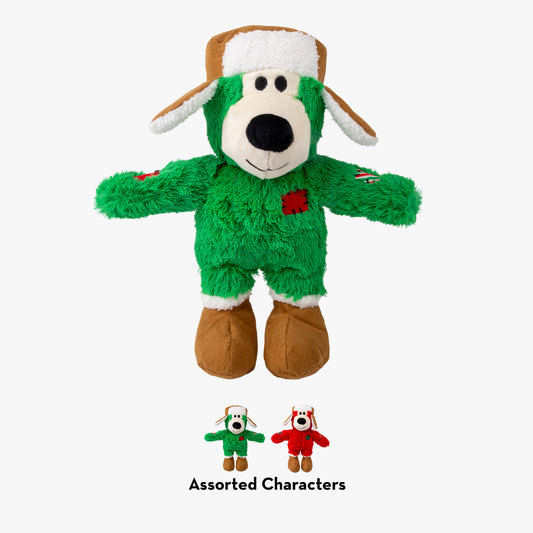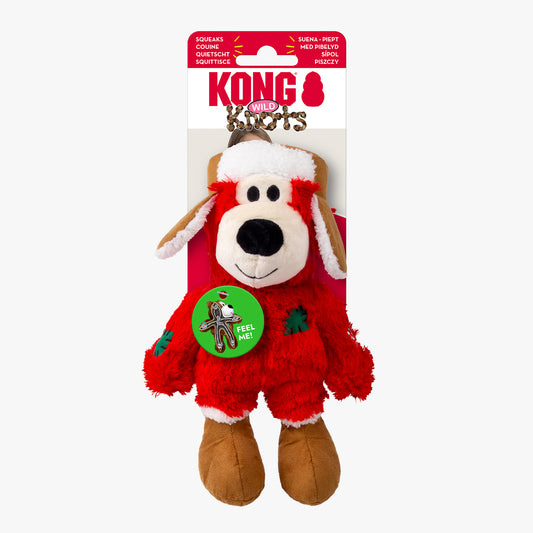As a new kitten owner, it's natural to wonder if your furry friend is growing at a healthy rate. Monitoring your kitten's weight is crucial for ensuring proper development and identifying any potential health issues early on. This comprehensive guide will help you understand how much your kitten should weigh at various stages of their young life.
The Importance of Monitoring Kitten Weight
Keeping track of your kitten's weight provides insight into their overall health and well-being. Sudden weight loss or failure to gain weight can indicate underlying health problems, such as parasites or nutritional deficiencies. Conversely, excessive weight gain may lead to obesity, which can cause long-term health issues.
Newborn Kittens: The Starting Point
How much does a newborn kitten weigh? On average, a newborn kitten weighs between 90 to 110 grams (approximately 3 to 4 ounces). Newborn kittens are entirely dependent on their mother for nutrition and warmth. During the first week, they typically gain about 10 to 15 grams per day.

Kitten Weight by Age: A Month-by-Month Guide
Understanding the typical weight range for kittens at different ages can help you assess whether your kitten is on track.
2 Weeks Old
By two weeks, kittens usually weigh between 170 to 230 grams (6 to 8 ounces). Their eyes begin to open, and they become more active.
4 Weeks Old
At one month, kittens weigh around 350 to 450 grams (12 to 16 ounces). They start exploring their environment and may begin the weaning process.
8 Weeks Old (2 Months)
How much should an 8-week-old kitten weigh? At this stage, kittens typically weigh between 800 grams to 1 kilogram (1.8 to 2.2 pounds).
9 Weeks Old
A 9-week-old kitten should weigh slightly more than they did at 8 weeks, usually gaining about 100 grams per week.
10 Weeks Old
How much should a 10-week-old kitten weigh? Expect your kitten to weigh between 1 to 1.2 kilograms (2.2 to 2.6 pounds).
12 Weeks Old (3 Months)
How much should a 12-week-old kitten weigh? At three months, kittens generally weigh between 1.2 to 1.5 kilograms (2.6 to 3.3 pounds).
4 Months Old
How much should a 4-month-old kitten weigh? A kitten at this age typically weighs between 1.8 to 2.3 kilograms (4 to 5 pounds). This is a significant growth period, and proper nutrition is essential.
5 Months Old
How much should a 5-month-old kitten weigh? Expect a weight of 2.3 to 2.7 kilograms (5 to 6 pounds).
6 Months Old
How much should a 6-month-old kitten weigh? By now, your kitten should weigh between 2.7 to 3.2 kilograms (6 to 7 pounds). They are approaching adolescence and may begin to exhibit adult behaviours.
Factors Affecting Kitten Weight

1. Breed
Different breeds have varying growth rates and mature sizes. For example, a Maine Coon kitten will weigh more at six months than a Siamese kitten due to the breed's larger size.
2. Nutrition
Proper diet is crucial. Kittens require a diet rich in protein and essential nutrients to support rapid growth. Feeding high-quality kitten food ensures they receive the necessary nutrients. Shop our range of nutrient-rich kitten and cat food here.
3. Health Status
Parasites, infections, and other health issues can impede weight gain. Regular vet check-ups are vital to catch and treat any problems early.
How to Weigh Your Kitten
Accurate weight monitoring involves regular weigh-ins:
- Use a Digital Scale: For precision, use a kitchen or postal scale that measures in grams and ounces.
- Weigh at the Same Time: Weigh your kitten at the same time each day or week to maintain consistency.
- Record the Weight: Keep a log to track growth over time.
If it’s easier you can weigh yourself with and without your kitten and deduct your weight to get theirs.
Kitten Weight Chart
Creating a kitten weight chart can help visualise your kitten's growth. Here's a simplified example:
| Age (Weeks) | Expected Weight (Grams) |
| 1 | 110-170 |
| 2 | 170-230 |
| 4 | 350-450 |
| 8 | 800-1000 |
| 12 | 1200 - 1500 |
| 16 | 1800 - 2300 |
| 20 | 2300 - 2700 |
| 24 | 2700 - 3200 |
When to Be Concerned About Your Kitten's Weight

If your kitten's weight is significantly below or above the average kitten weight by age, consult your vet. Signs of concern include:
Underweight: Lethargy, visible ribs or spine, poor coat condition.
Overweight: Difficulty moving, excessive sleeping, difficulty breathing.
Conclusion
Understanding how much your kitten should weigh at various stages is essential for their health and happiness. Regular monitoring, proper nutrition, and veterinary care will ensure your kitten grows into a healthy adult cat. Remember, each kitten is unique, so use this guide as a reference while considering individual differences.
At Lords & Labradors, we offer a range of products to support your kitten's growth all the way into adulthood, from high-quality food to comfortable bedding and super cat trees. Shop everything your kitten needs here.


